Blog

Unveiling the Splendor of Ming Dynasty Clothing: A Timeless Fashion Legacy
Explore the splendor of Ming dynasty clothing on our blog. Discover the styles, cultural significance, and modern applications of Ming dynasty Hanfu. [your website name]’s in – depth guide.
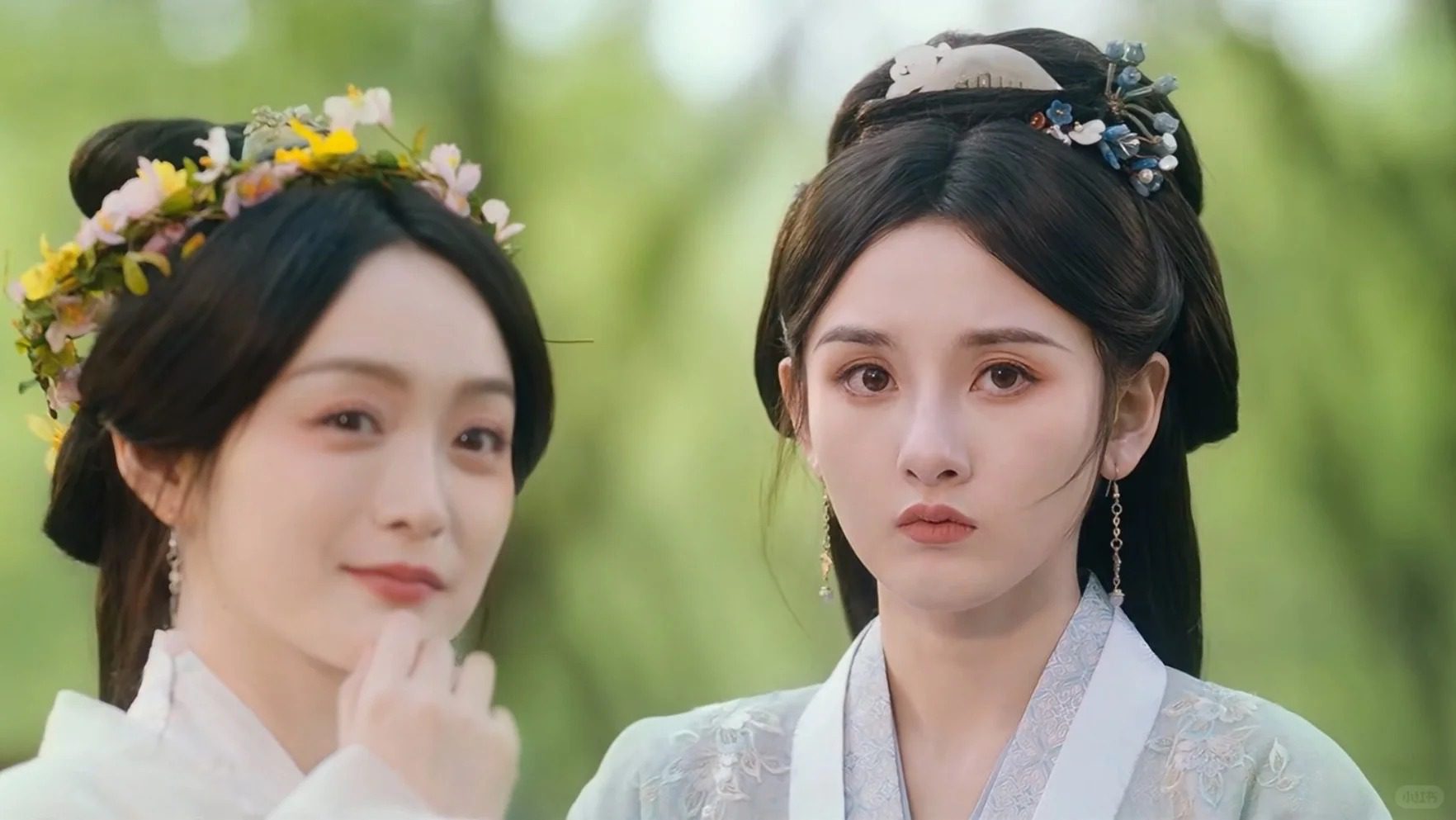
Zhe Yao Costume Evolution: How the Heroine’s Hanfu Style Reflects Her Growth
Zhe Yao costume evolution showcases the heroine’s growth through hanfu styles, from innocence to elegance in this Chinese historical drama.
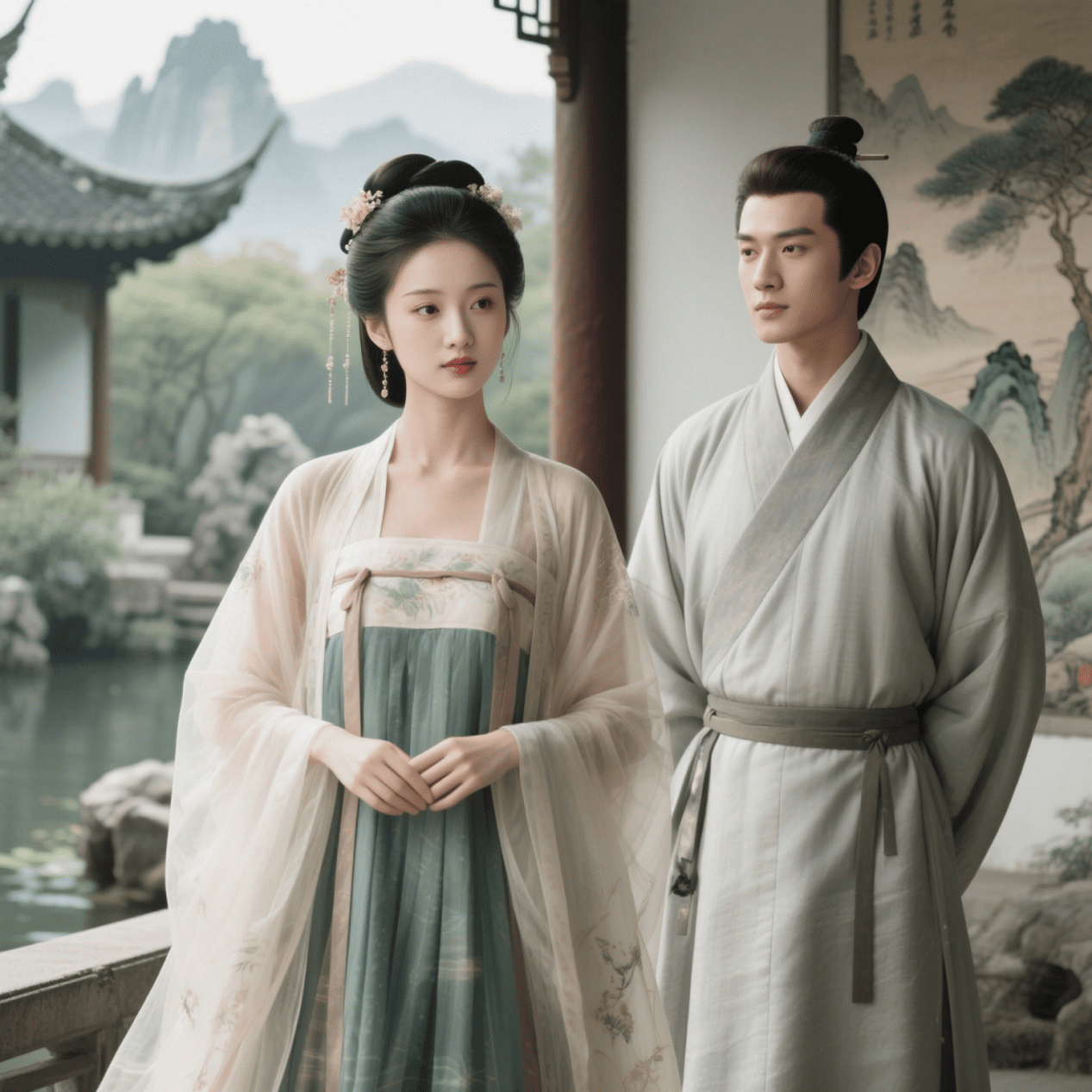
Men’s Hanfu vs. Women’s Hanfu: 4 Key Differences in Style and Tradition
A 5,000-year cultural legacy, Hanfu embodies China’s heritage. While women’s Hanfu dazzles with flowing grace, men’s designs—rich in tradition—often fade into the background. Together, they symbolize Yin-Yang duality: opposing yet complementary forces that define harmony.
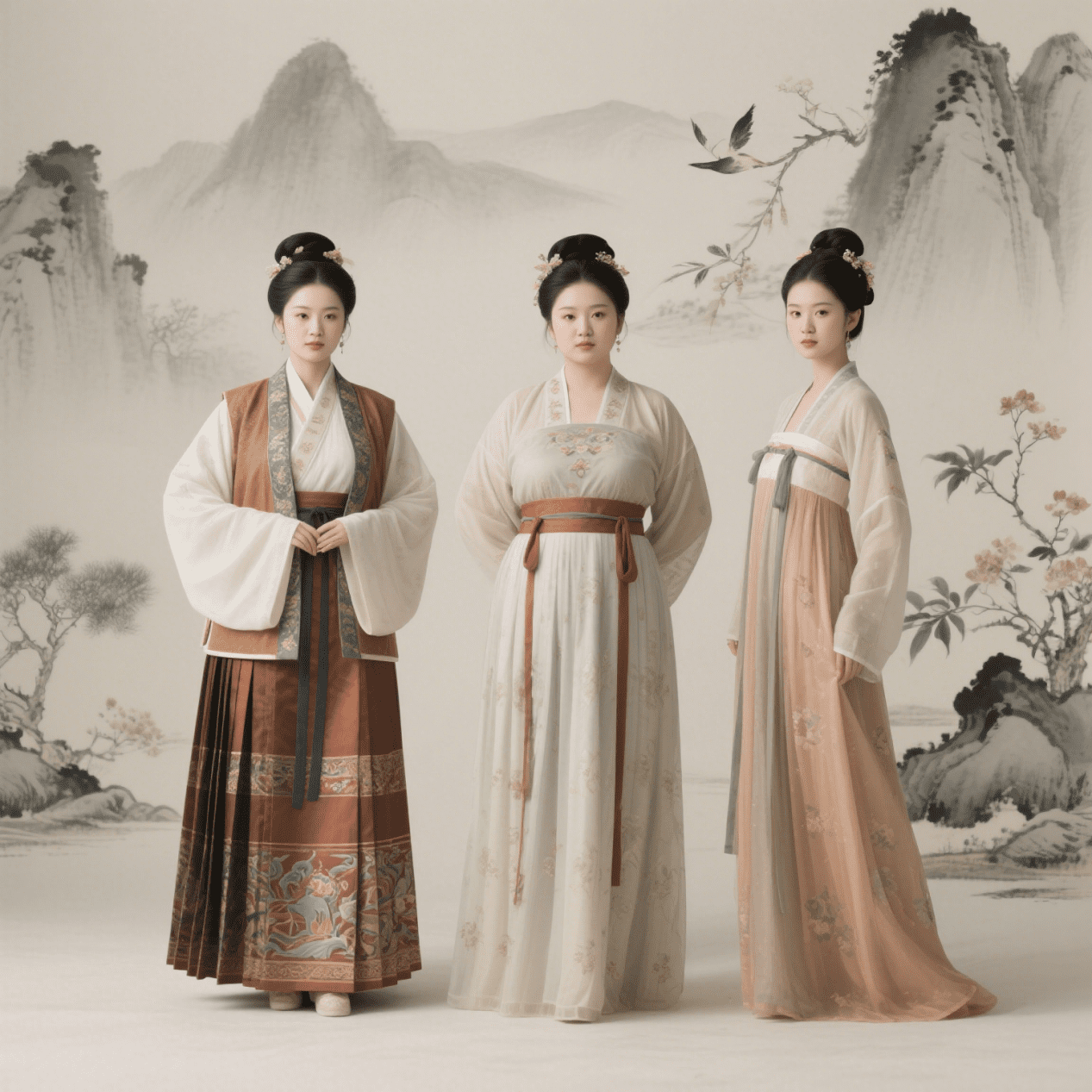
How to Choose Hanfu According to Your Body Shape?
Hanfu revival: Flatter your figure with traditional Chinese styles. Learn how flowing silhouettes & balanced proportions suit all body types. Embrace elegance authentically.
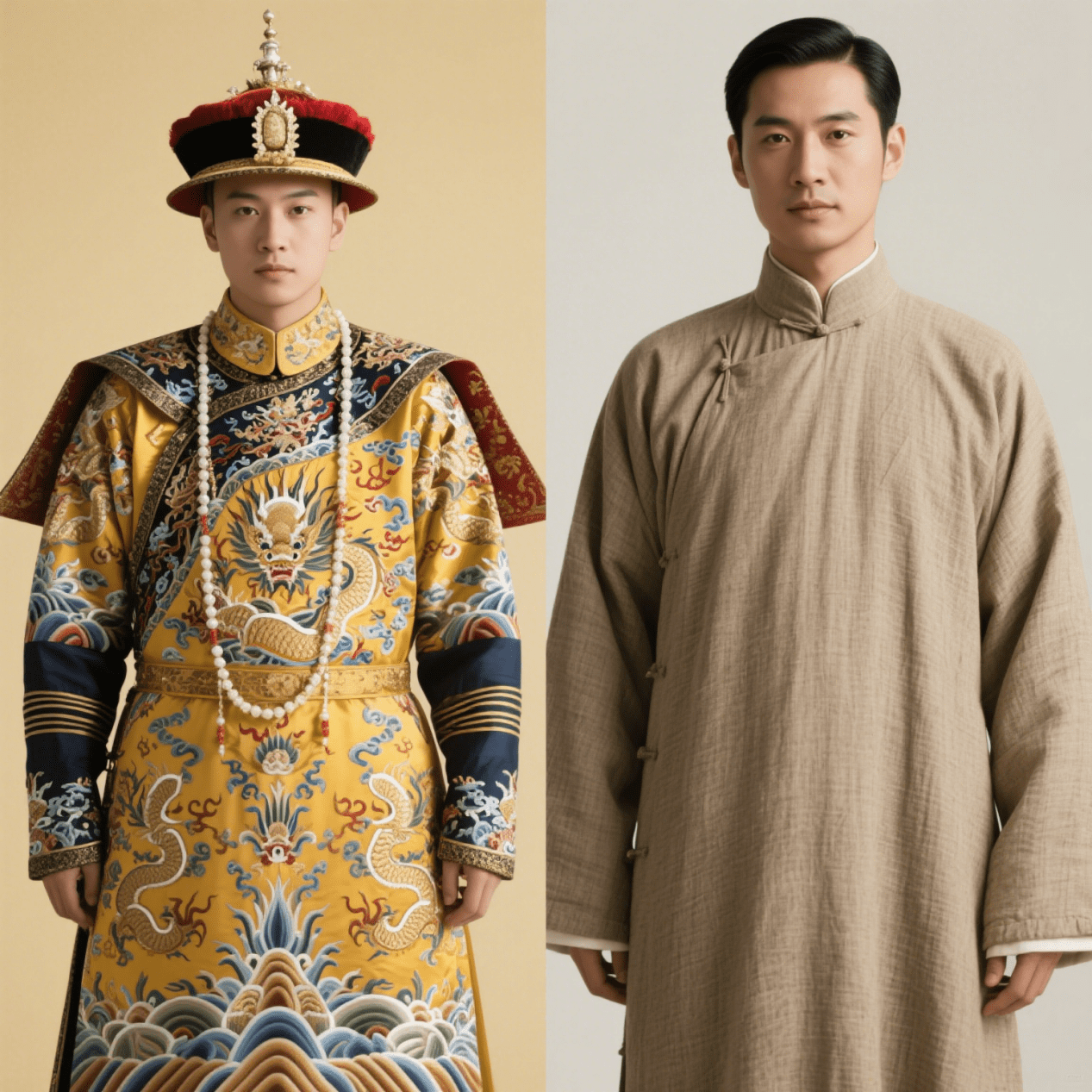
Hanfu Handbook: Navigating Ancient China’s Social Ladder
When we think of traditional Chinese clothing today, images of flowing sleeves and intricate embroidery come to mind. But in ancient China, Hanfu (汉服) was far more than aesthetic fashion—it was a visual language that communicated social rank, moral values, and even political loyalty.
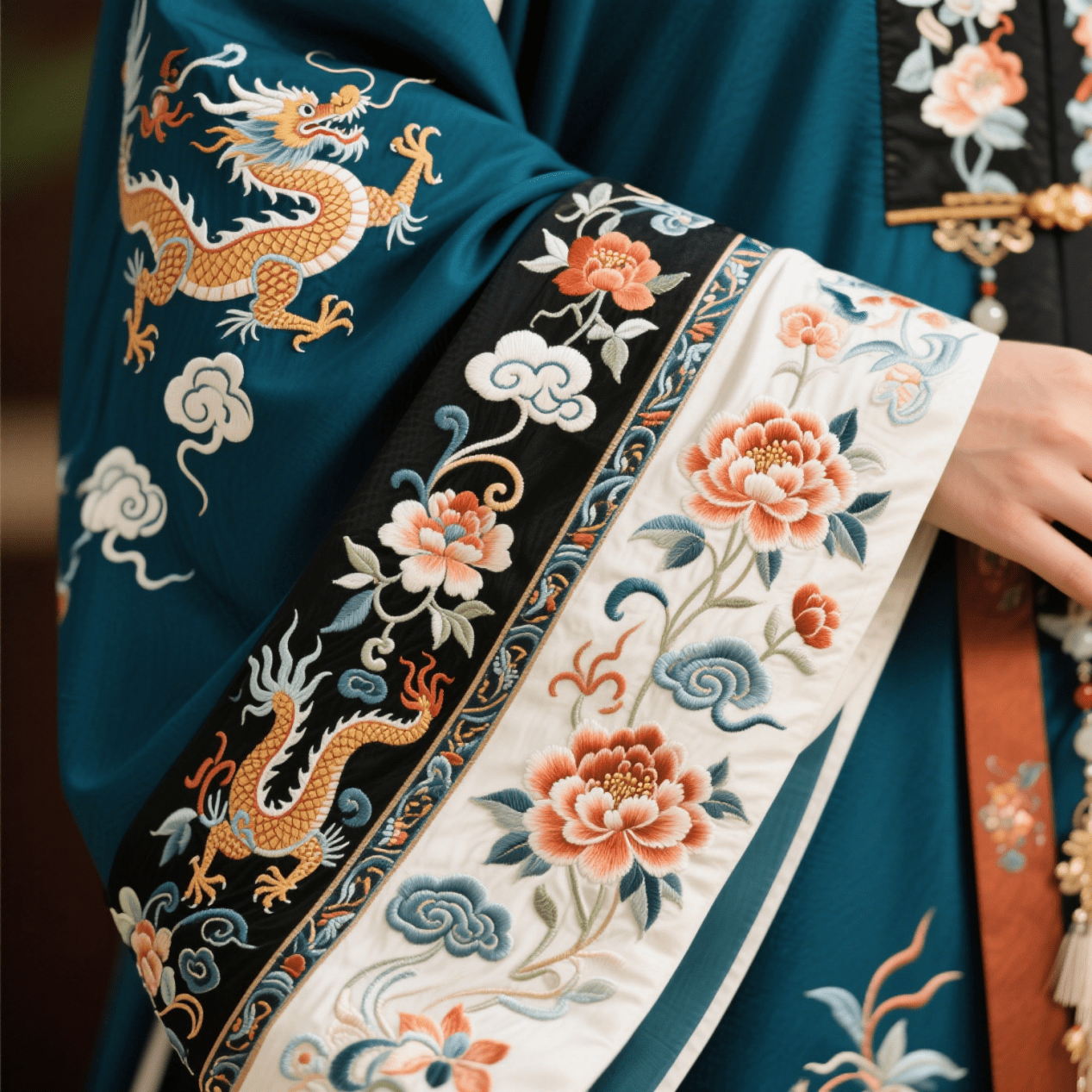
The Hidden Language of Hanfu: Discover the Lucky Symbols in Traditional Chinese Clothing
Why Hanfu is More Than Just a Beautiful Outfit
When you see Hanfu—the flowing robes, delicate embroidery, and vibrant colors—you might first admire its elegance. But did you know that every stitch, pattern, and motif carries deep meaning? Traditional Hanfu is filled with lucky symbols (吉祥图案, jíxiáng tú’àn), each telling a story of prosperity, love, health, and good fortune.
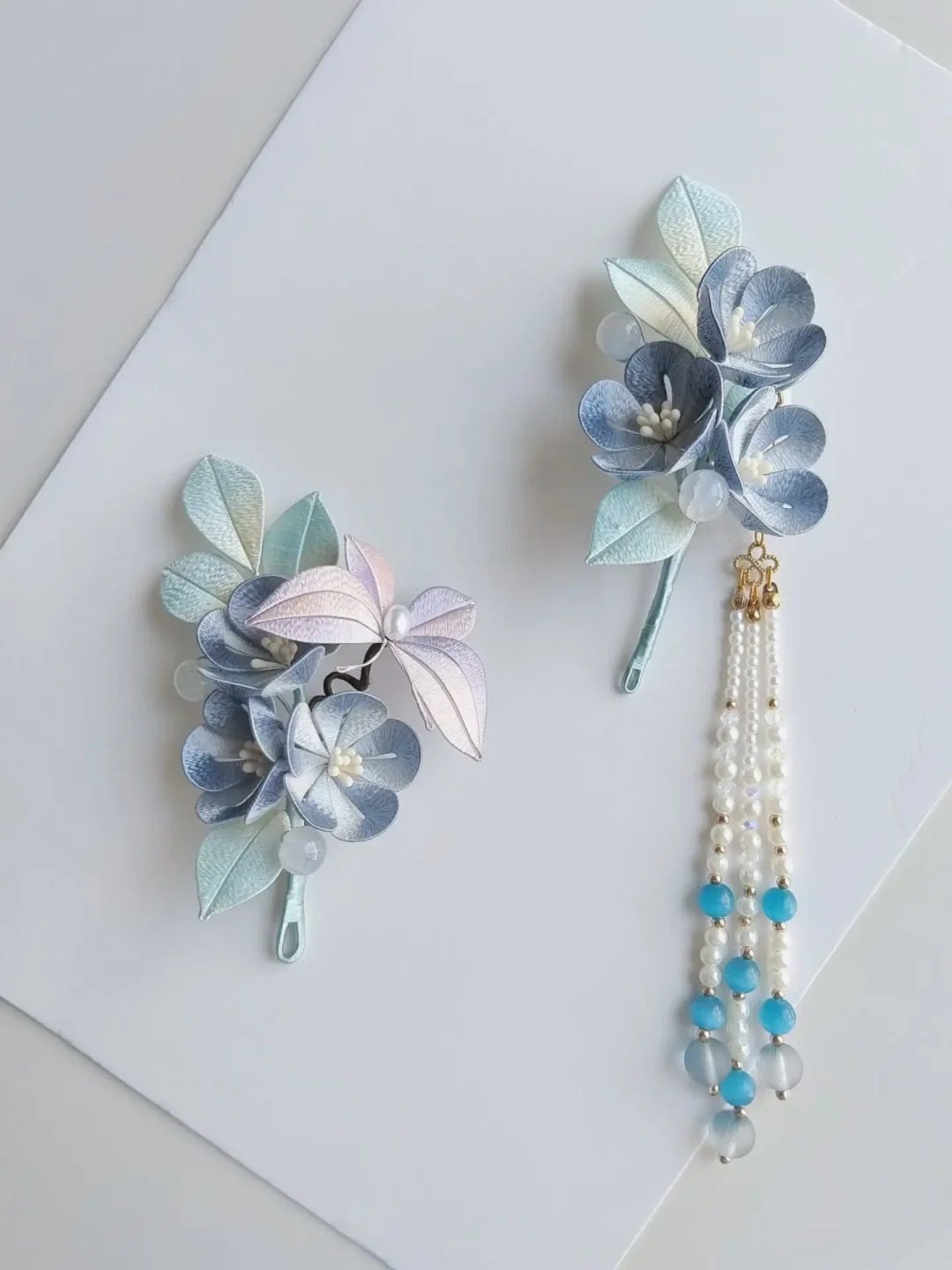
The Classification of Hair Accessories for Hanfu
Hanfu, as an important component of traditional Chinese culture, not only represents the aesthetic of ancient Chinese clothing but also carries profound cultural significance. Beyond the garments themselves, Hanfu accessories—particularly hair ornaments—have exhibited distinct styles and meanings across different historical periods. This paper will analyze the classification of Hanfu hair ornaments from a historical perspective, explore their cultural significance in ancient society, and demonstrate their modern application and development within contemporary Hanfu culture.
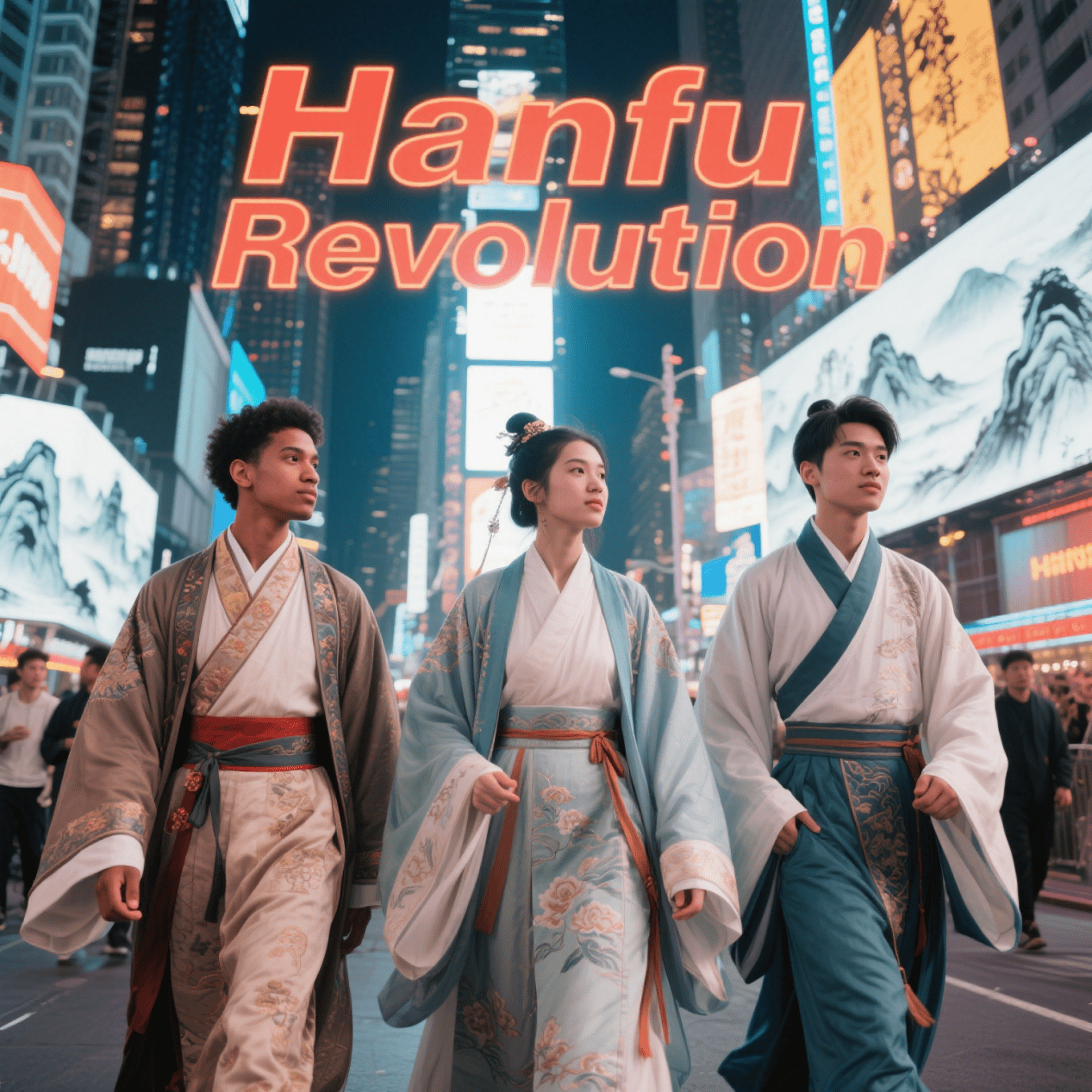
China’s Ancient Fashion Revival & What It Tells Us About Modern Youth
In the heart of Shanghai, a group of young people dressed in flowing silk robes and intricate hairpins gather for a subway “hanfu flash mob.” Nearby, a college student wears a Tang-style gown to her graduation, while a streetwear influencer pairs a Ming dynasty “horse-face skirt” with a cropped hoodie.
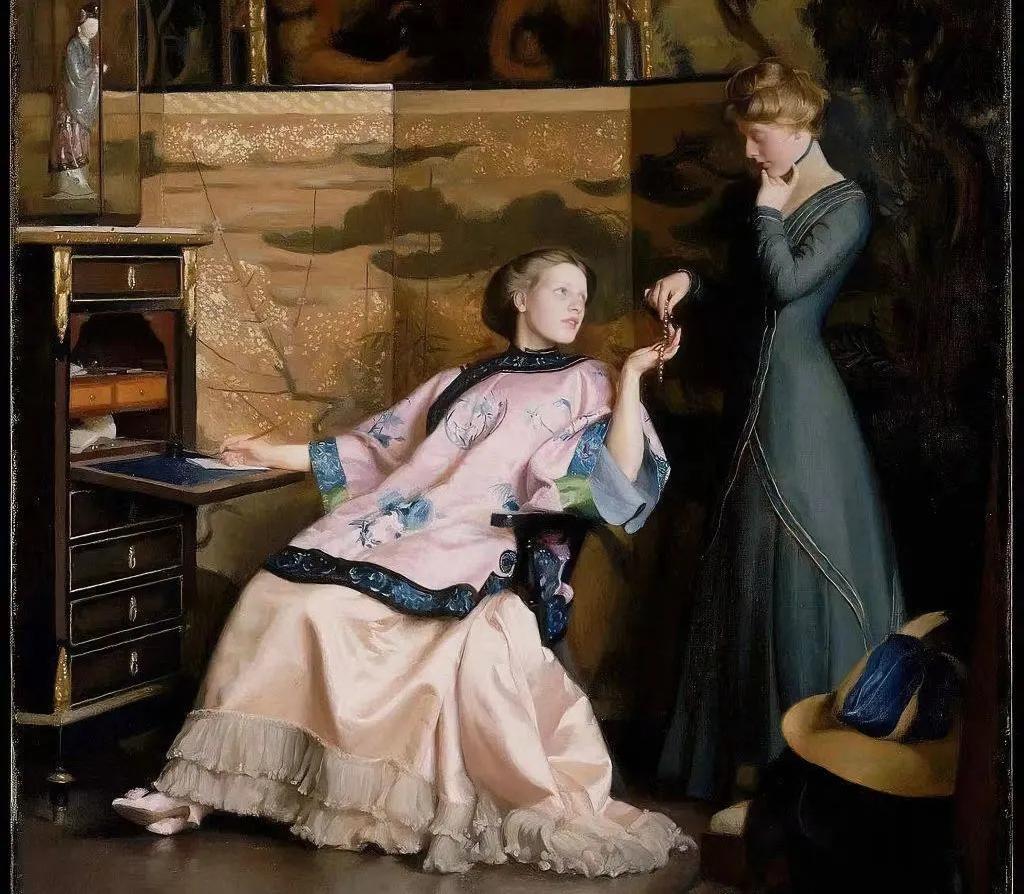
Hanfu vs Victorian Fashion: Elegance from East and West
Hanfu from ancient China and Victorian fashion from 19th-century Britain—represent the highest points of elegance and symbolism in their respective cultures.
While they developed oceans apart, these two styles share surprising similarities in their aesthetic ambitions, cultural meanings, and even the way they’re being revived today.
Let’s explore a side-by-side comparison of Hanfu and Victorian fashion—what they reveal about history, beauty, and identity.
